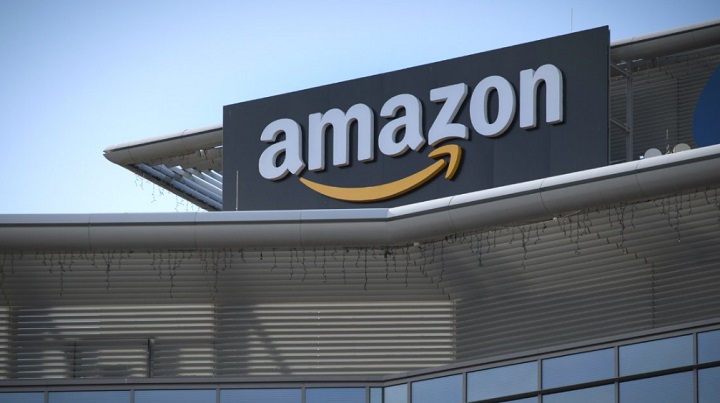Summary:
- Amazon’s intent to build its own delivery network is seen as a threat to established services such as UPS.
- However, Amazon is not the only online retailer in the world.
- UPS should see increased business from retail companies looking to expand e-commerce presence.
Commentators such as Greg Bensinger and Laura Stevens at the Wall Street Journal, as well as Jonathan Berr at CBS Moneywatch, have speculated that Amazon.com (NASDAQ:$AMZN) is in a good position to undercut companies such as United Parcel Service (NYSE:$UPS). Although there are doubters, there may be merit in the arousal of such speculation.
In order to streamline their product and service offerings, Amazon has looked into developing their own delivery network. This is to abstain from using costlier services such as UPS or FedEx (NYSE:$FDX), keeping as much of their operations in house as possible. Apart from the traditional trajectory of leasing planes and contracting drivers, Amazon has also pursued the possibility of drones. These developments are why investors believe UPS will eventually lose out on significant market share.
However, in the midst of a globally growing e-commerce trend, Amazon is not the only company that attracts online sales. Retailers such as Target (NYSE:$TGT) and Wal-Mart (NYSE:$WMT) have incessantly increased their online presence, and will require companies such as UPS to deliver their sold goods.
With an increasing number of firms cutting out middle retailers and delivering directly to consumers, growth for UPS is only ever more promising. Tech giant Apple (NASDAQ:$AAPL) and retail force Nike (NYSE:$NKE) are good examples of firms that will require delivery services in order to get purchased products into customer hands. Newer companies and startups such as Blue Apron (Pending:$APRN) also operate on a direct consumer basis, and will most likely use UPS to deliver their products.
With FedEx and a wealth of other shipment companies out there, investors might ask, “Why UPS?” The answer lies in the company’s expansive global delivery network, and deep history in the 110 years it has operated. UPS delivered more than 4.9 billion packages and documents in 2016, equating to 19.1 million items a day, and generating a total revenue of $51 Billion. A firm with a reputation and history as such, will be any consumer’s top choice as a prompt delivery service.
It’s also good to note that UPS has consistently increased revenue figures year over year since 2012, meaning that 2016 was not an anomaly.
As increasing revenue suggests that UPS will stay financially sound, which is promising for investors as this implies continued growth in dividend payments that the company has issued since 2010.
Although UPS is currently trading at a less than satisfactory trailing price-to-earnings (P/E) ratio of $28.21, it doesn’t paint a holistic picture as UPS boasts a forward P/E ratio of 17.04, and dividend yield of 3.01%. Although with a low payout ratio of just 80.70%, it should be kept in mind that UPS generates revenue all around the world, and currency fluctuations heavily affect earnings. More indicators such as the current and forward P/E ratios being lower than UPS’ five-year average of 38.0, and the current dividend yield being higher than the five-year average of 2.72%, imply the stock’s lower, relative value at this time.
DISCLAIMER:
The author is not a financial professional and accepts no responsibility for any investment decisions a reader makes. This article is presented for information purposes only. Furthermore, the figures cited are the product of the author’s own research and may differ from those of other analysts. Always do your own due diligence when researching prospective investments.
Featured Image: twitter










